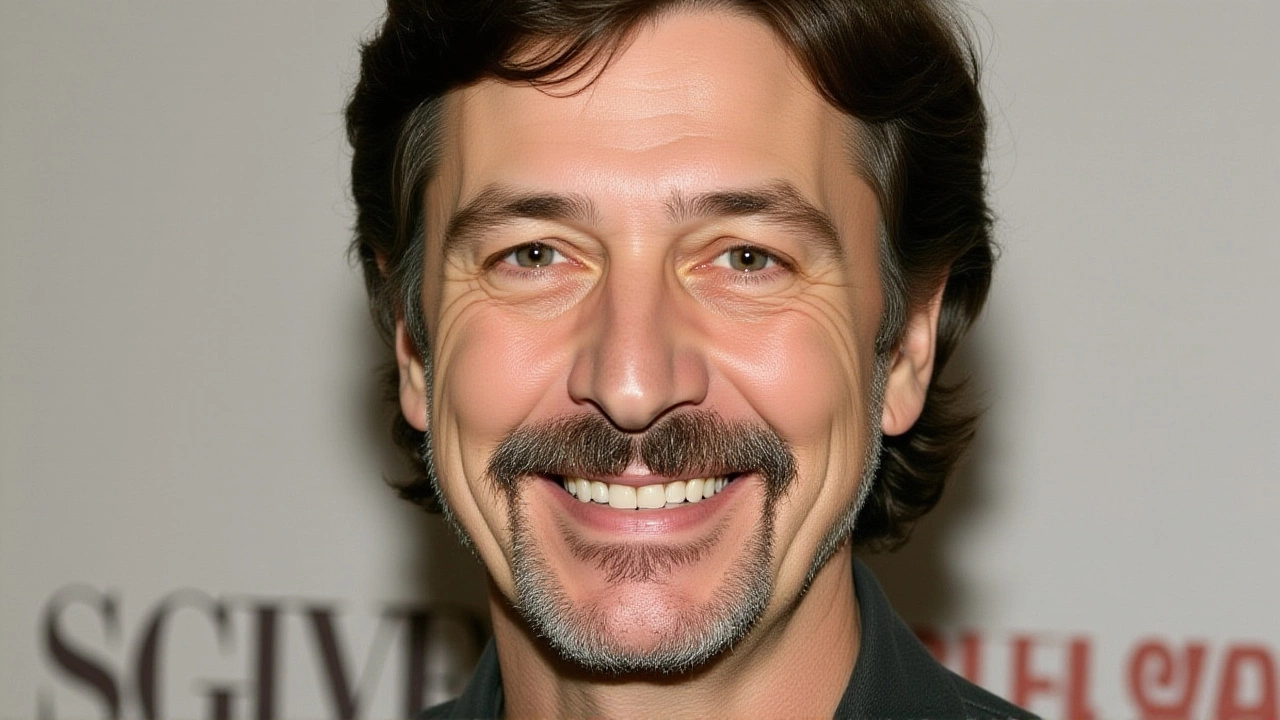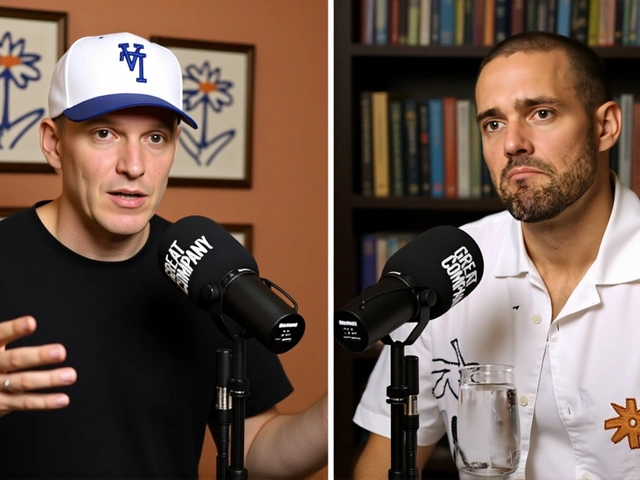Rocky Horror: The Ultimate Cult Musical Experience
When talking about Rocky Horror, a 1975 film‑musical that turned into a global fan‑ritual, blending sci‑fi, horror, and cheeky music. Also known as The Rocky Horror Show, it has become a cult classic, a work that thrives on repeated midnight screenings, audience participation, and an over‑the‑top sense of fun. The story also lives on the musical theater, stage versions that keep the original’s campy vibe alive with live singers and flamboyant costumes. Finally, every October the film merges with Halloween tradition, fans dressing up as characters and shouting “Time to see the doctor!” during the iconic “Time Warp”. These four pieces form the backbone of why Rocky Horror stays fresh for new generations.
So, what makes a cult classic stick around? It’s not just old age; it’s a mix of niche appeal, repeatable rituals, and a community that talks about it constantly. Rocky Horror checks all boxes: low‑budget origins, an unforgettable soundtrack, and a script that invites fans to shout, dress up, and even dance on‑screen. The musical theater angle adds another layer, letting live audiences experience the same weird charm with fresh casts every season. This synergy fuels the film’s presence at Halloween parties, where the “Time Warp” becomes a group exercise rather than a simple song.
Why Rocky Horror Still Matters Today
From a pop‑culture perspective, the film has seeded countless references in movies, TV, and even video games. Directors love using a German car to signal a villain, just like the quirky props in Rocky Horror signal a playful antagonist. That link shows how a cult classic can influence visual storytelling across genres. Moreover, the film’s celebration of gender‑bending and self‑expression mirrors today’s inclusive media trends, proving that its core messages are still relevant.
Fans also treat the movie as a social experiment. The practice of shouting “Don’t dream it, be it!” creates a shared language, similar to how car enthusiasts trade jargon about radiators or engine performance. Both groups build communities around detailed knowledge—whether it’s remembering the exact lyric in “Sweet Transvestite” or knowing why a bad radiator can crack your engine. This parallel shows how niche passions, be they movies or mechanics, foster deep connections.
When you attend a midnight showing, you’re not just watching a film—you’re joining a ritual. The experience requires three things: a willingness to be loud, a costume that fits the wild aesthetic, and knowledge of the key moments to shout the right lines. It’s an interactive performance that turns the audience into co‑creators, much like a car club where members tweak engines together, each adding their personal flair.
Beyond the night‑time screenings, the soundtrack has entered mainstream playlists. Songs like “The Time Warp” and “Sweet Transvestite” are instantly recognizable, even to those who’ve never seen the film. This musical reach parallels how iconic car sounds—think roaring V8s—can become cultural symbols. Both rely on sound to evoke emotion and memory, reinforcing the power of auditory branding.
In recent years, streaming services have revived interest by making the film accessible year‑round. Yet the magic still peaks during October, when social media trends push fans to share costumes, memes, and behind‑the‑scenes trivia. This digital buzz mirrors how auto forums discuss the latest radiator problems or the best low‑key car brands, keeping niche conversations alive online.
If you’re curious about how Rocky Horror intersects with other pop‑culture moments, look at the way villains in movies often drive sleek German cars—a visual cue that hints at power and danger. The same bold visual language appears in the film’s flamboyant costume design, both aiming to make a striking impression.
Ultimately, the Rocky Horror phenomenon is a case study in how a piece of media can evolve from a modest production into a worldwide tradition. Its blend of musical theater, cult classic status, and Halloween tradition creates a self‑sustaining loop of fans, new interpretations, and cultural relevance.
Below you’ll find a range of articles that touch on the spirit of Rocky Horror—whether it’s the love of daring stunts, the joy of quirky car culture, or the excitement of unexpected twists in movies. Dive in to see how the same enthusiasm that fuels a midnight screening also powers the latest automotive trends and movie discussions.
Tim Curry admits he still can’t walk at Rocky Horror 50th anniversary
- Thomas O'Reilly
- Oct 1 2025
- 0 Comments
Tim Curry disclosed ongoing mobility limits at the Rocky Horror 50th‑anniversary event, revealing he still can’t walk and detailing his post‑stroke rehabilitation.
View More
